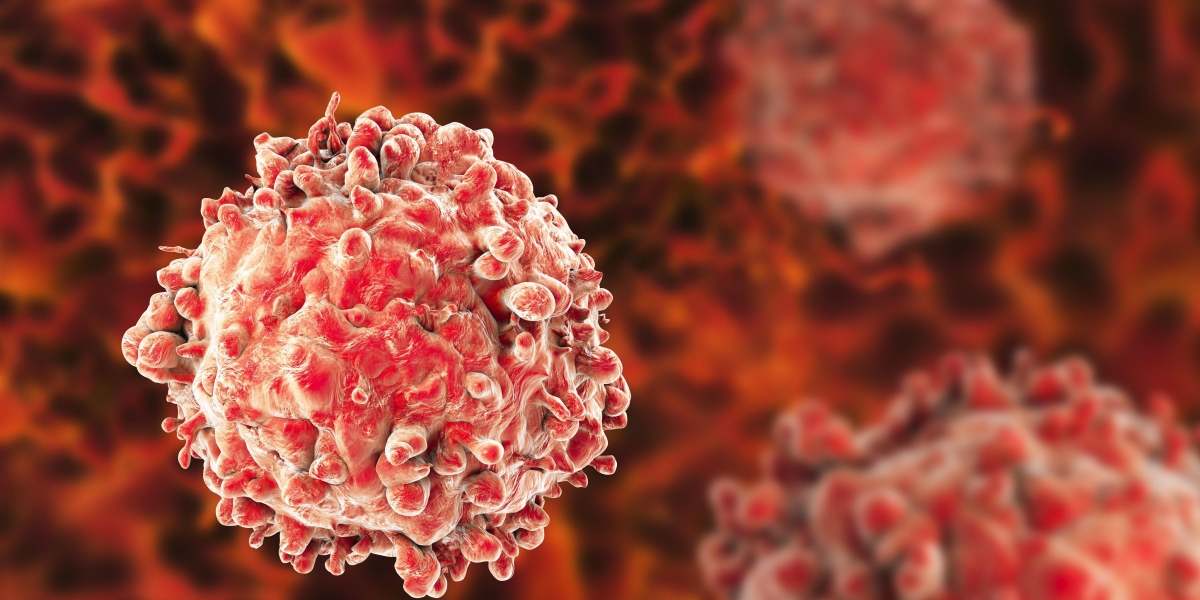Cancer is a complex group of diseases characterized by the abnormal growth and proliferation of cells. While cancer can affect virtually any part of the body, it is broadly classified into various types based on the location and type of tissue where it originates. In this blog post, we'll explore the diversity of cancer types and the parts of the body they affect, providing insight into the complexity of this multifaceted disease.
Understanding Cancer Types:
Cancer can arise from different types of cells and tissues in the body, leading to a wide range of cancer types with distinct characteristics and behaviors. Some of the most common types of cancer include:
Carcinomas: Carcinomas are cancers that originate in epithelial cells, which line the surfaces and cavities of organs throughout the body. This category includes cancers such as breast cancer, lung cancer, prostate cancer, and colorectal cancer.
Sarcomas: Sarcomas develop in the mesenchymal tissues, including bone, muscle, cartilage, and connective tissue. Examples of sarcomas include osteosarcoma (bone cancer), leiomyosarcoma (smooth muscle cancer), and liposarcoma (fat tissue cancer).
Leukemias: Leukemias are cancers of the blood and bone marrow, where abnormal white blood cells multiply uncontrollably, disrupting normal blood cell production. Common types of leukemia include acute myeloid leukemia (AML), chronic lymphocytic leukemia (CLL), and acute lymphoblastic leukemia (ALL).
Lymphomas: Lymphomas are cancers that affect the lymphatic system, which is responsible for the body's immune response. Lymphomas can originate in lymphocytes (white blood cells) and lymphoid tissues, leading to Hodgkin lymphoma and non-Hodgkin lymphoma.
Central Nervous System (CNS) Tumors: CNS tumors originate in the brain or spinal cord and can be either benign (non-cancerous) or malignant (cancerous). Examples of CNS tumors include gliomas, meningiomas, and medulloblastomas.
Parts of the Body Affected by Cancer:
Cancer can affect virtually any part of the body, including:
- Organs: Cancers can originate in various organs, such as the lungs, breasts, prostate, colon, liver, kidneys, pancreas, and ovaries.
- Tissues: Cancer can develop in tissues such as the skin (melanoma), muscles (sarcomas), bones (osteosarcoma), and blood vessels (angiosarcoma).
- Blood: Leukemias and lymphomas originate in the blood and bone marrow, affecting the production and function of blood cells.
- Lymphatic System: Lymphomas affect the lymphatic system, including lymph nodes, spleen, and lymphatic vessels.
- Central Nervous System: Brain tumors (gliomas, meningiomas) and spinal cord tumors can impact neurological function and overall health.
Conclusion:
The diversity of cancer types and the parts of the body they affect highlight the complex nature of this disease. Understanding the various cancer types and their unique characteristics is essential for accurate diagnosis, treatment planning, and ongoing management. Advances in cancer research and treatment continue to improve outcomes for patients, offering hope for better prevention, detection, and treatment strategies in the fight against cancer. Through awareness, education, and collaborative efforts, we can work towards reducing the burden of cancer and









